Introduction to Neijing Classical Acupuncture Part II: Clinical Theory
First published in
JOURNAL OF CHINESE MEDICINE
Number 102 (June 2013)
As outlined in Part I of this article, the theories and practices of Neijing classical acupuncture are radically different from the type of acupuncture commonly practised today. In essence, Neijing classical acupuncture is a form of clinical surgery, the goal of which is to restore the body’s circulatory pathways and tissue planes to a state of dynamic balance. In its clinical application, Neijing classical acupuncture is a physician-level skill built upon a sophisticated understanding of the innate patterns of nature and an in-depth knowledge of the structure and physiology of the human body. Neijing classical acupuncture does not depend on point-action theory – the conceptual framework that dominates most current thinking in modern acupuncture – for its therapeutic efficacy. Rather, the goal of Neijing classical acupuncture is to regulate the different tissue planes of the body in order to restore the free circulation of blood, and in doing so allow the body to return to its original state of balance and innate self-healing.

